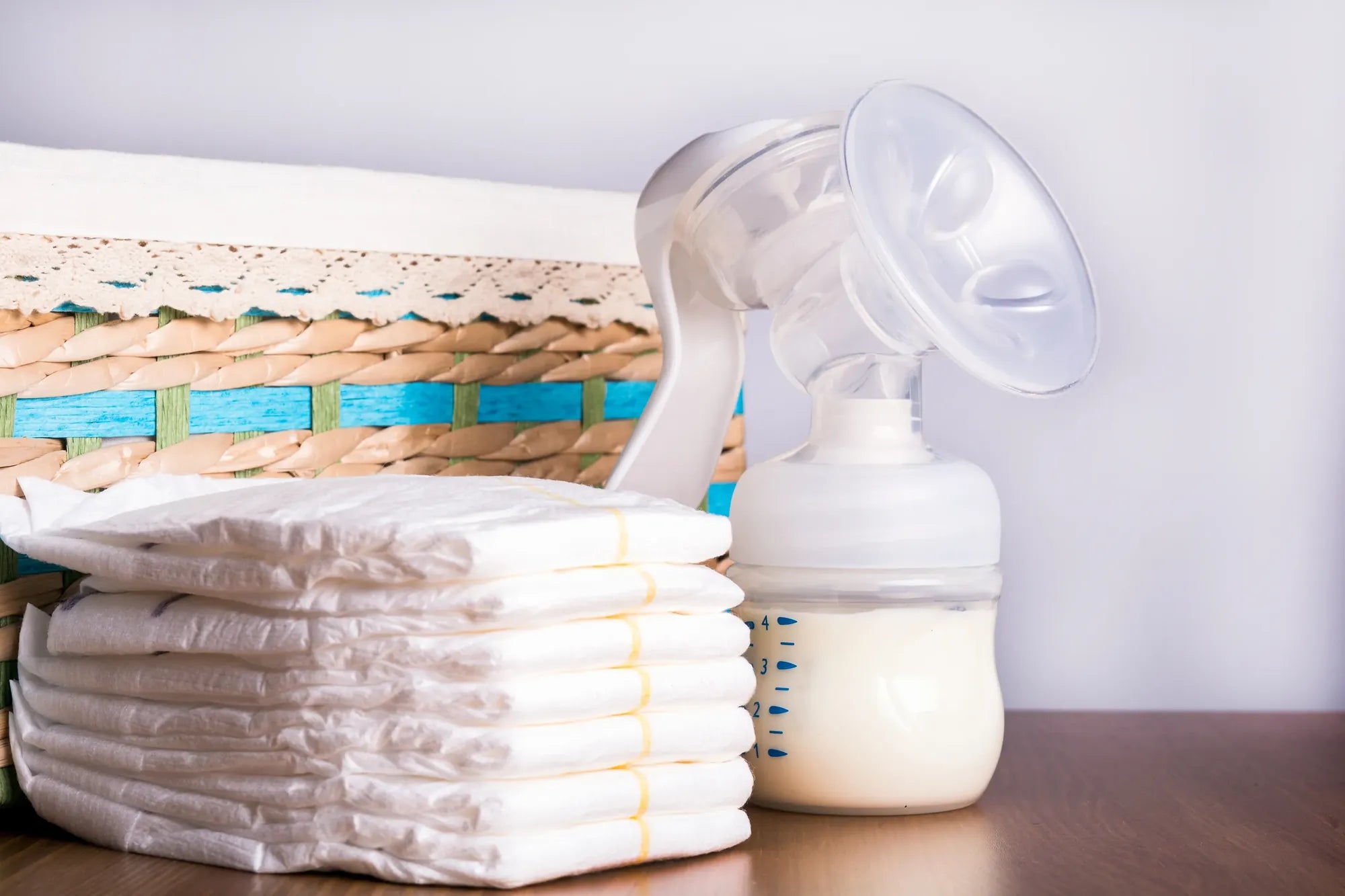Home
Pregnancy, Breastfeeding, and Pumping: The Ultimate Guide for Moms
How to Pumping Breast Milk Instead of Breastfeeding: A Comprehensive Guide

How to Pumping Breast Milk Instead of Breastfeeding: A Comprehensive Guide
Pumping breast milk instead of breastfeeding can be a practical and effective way to provide your baby with the nutrition they need. Whether you're returning to work, managing a busy schedule, or facing challenges with direct breastfeeding, pumping offers flexibility and convenience. This guide will walk you through everything you need to know about how to pumping breast milk instead of breastfeeding, ensuring you and your baby thrive.
Why Choose Pumping Over Direct Breastfeeding?
There are several reasons why mothers opt for pumping breast milk instead of direct breastfeeding. For some, it's a matter of necessity due to medical conditions or latching difficulties. For others, it's about balancing work and family life. Pumping allows other caregivers to participate in feeding, giving mothers a much-needed break. Additionally, it helps maintain milk supply when direct breastfeeding isn't possible.
Getting Started with Pumping
Before you begin pumping, it's essential to have the right equipment. A high-quality breast pump is a must-have. Ensure it's comfortable and suits your needs, whether you're pumping occasionally or multiple times a day. Sterilize all pump parts before use to maintain hygiene. Create a comfortable and relaxing environment for pumping, as stress can affect milk flow.
Establishing a Pumping Routine
Consistency is key when pumping breast milk. Aim to pump as often as your baby would typically nurse, usually every 2-3 hours. This helps maintain your milk supply and prevents engorgement. Start with shorter sessions and gradually increase the duration as you become more comfortable. Keep track of your pumping schedule and milk output to monitor progress.
Maximizing Milk Production
To maximize milk production, ensure you're staying hydrated and eating a balanced diet. Incorporate foods known to boost lactation, such as oats, fenugreek, and leafy greens. Practice relaxation techniques like deep breathing or listening to calming music while pumping. Massage your breasts before and during pumping to stimulate milk flow. If you're struggling with low supply, consult a lactation consultant for personalized advice.
Storing and Handling Breast Milk
Proper storage and handling of breast milk are crucial to maintaining its quality. Use clean, BPA-free containers or storage bags designed for breast milk. Label each container with the date and time of expression. Freshly pumped milk can be stored at room temperature for up to 4 hours, in the refrigerator for up to 4 days, or in the freezer for up to 6 months. Thaw frozen milk in the refrigerator or under warm running water, and never microwave it.
Feeding Your Baby Pumped Milk
When feeding your baby pumped milk, ensure the milk is at a safe temperature. Test it on your wrist to avoid burning your baby's mouth. Use a bottle with a slow-flow nipple to mimic breastfeeding and reduce the risk of overfeeding. Hold your baby close during feedings to maintain the bonding experience. If your baby refuses the bottle, try different nipple shapes or temperatures to find what works best.
Overcoming Common Challenges
Pumping breast milk instead of breastfeeding comes with its own set of challenges. Engorgement, clogged ducts, and mastitis are common issues. To prevent these, pump regularly and ensure proper breast care. If you experience pain or discomfort, adjust the pump settings or seek professional help. Emotional challenges, such as feeling disconnected from your baby, can also arise. Stay connected by spending quality time together and engaging in skin-to-skin contact.
Maintaining Your Well-being
Your well-being is just as important as your baby's. Pumping can be physically and emotionally demanding, so prioritize self-care. Get enough rest, eat nutritious meals, and seek support from loved ones or support groups. Remember, it's okay to ask for help when needed. Balancing pumping with other responsibilities can be challenging, but with the right strategies, you can make it work.
Pumping breast milk instead of breastfeeding is a viable option that offers flexibility and convenience. By following these tips and techniques, you can ensure your baby receives the nutrition they need while maintaining your milk supply and well-being. Whether you're pumping occasionally or exclusively, this guide provides the tools and knowledge to help you succeed. Start your pumping journey today and discover the benefits it can bring to you and your baby.
Share
